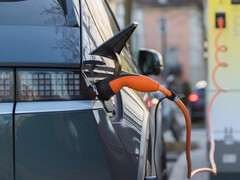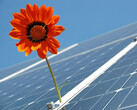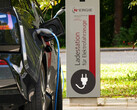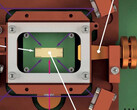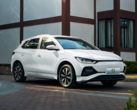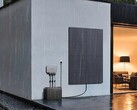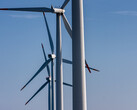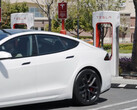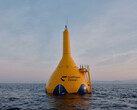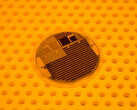Bright sunshine, a pleasant Saturday morning and not enough electricity consumption so that the energy generated has to flow into the grid. Similarly unfavorable is the strong wind that blows at night between 2 and 5 a.m., of all times, while hardly anyone in the country is using electricity.
Researchers at the University of South Australia in Adelaide have demonstrated that the problem can be tackled with little effort. Using a full year's worth of data from the solar panels on campus, the charging infrastructure and the existing electric cars, they were able to minimize the amount of electricity purchased by the university.
All that was needed was a relatively simple combination of information on the available electricity and the storage capacity of the electric cars on campus. If the sun is shining, the parked cars are fully charged. However, if more electricity is needed than is generated, a certain percentage of the battery capacity is available for the university's own power grid.
A small-scale replica of what an intelligent power grid with an expanded charging infrastructure, sufficient electric cars and additional power storage units as well as expanded wind and solar energy could look like.
The result: even with free charging power, the university saves money by using all of its own solar power because, in the best-case scenario, 20 percent less electricity has to be purchased.
With the expansion of the existing solar system and four times as many electric vehicles, the campus could even be supplied almost entirely from solar energy.
In the past, pumped-storage power plants worked according to this principle, pumping water upwards with cheap electricity and generating electricity in the opposite direction at peak times.
However, with smart electricity meters, intelligent use of the charging infrastructure and networked, decentralized power generation, this seems to be possible more flexibly and effectively with today's means. You just have to implement it and you don't even need AI for it, just a bit of data.




